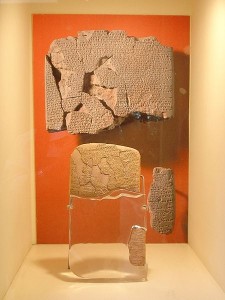 Many Egyptian scholars and researchers believe that the Hittite and Egyptian Kingdoms have always been separate with each empire ruling their own people in their different lands, but my research proves otherwise. The facts are that the Hittite and Egyptian Kingdoms were a united empire like no other in ancient history that appears to last until this very day. In this series of articles that I would like to call “The Hittite and Egyptian Brotherhood,” I would like to list these facts that I have found below in order to settle this lost and mistaken part of our history.
Many Egyptian scholars and researchers believe that the Hittite and Egyptian Kingdoms have always been separate with each empire ruling their own people in their different lands, but my research proves otherwise. The facts are that the Hittite and Egyptian Kingdoms were a united empire like no other in ancient history that appears to last until this very day. In this series of articles that I would like to call “The Hittite and Egyptian Brotherhood,” I would like to list these facts that I have found below in order to settle this lost and mistaken part of our history.
* The first piece of evidence that I would like to present is the Egyptian–Hittite peace treaty.
This was a peace treaty concluded between Egyptian Pharaoh Ramesses II and Hittite King Hattusili III, in which the Egyptians and Hittites made an “eternal treaty” of “peace and brotherhood for all time.” This King’s wife was a Babylonian Princess named Puduhepa. Ramesses married Hattusili’s daughter, and conferred upon her an Egyptian name, Maathorneferure. Years later he married another Hittite princess.
The facts of who this DNA of the New Kingdom was, points directly to this peace treaty concluded between Egyptian Pharaoh 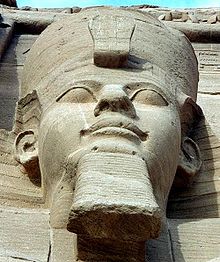 Ramesses II and Hittite King Hattusili III. These pledges of brotherhood and peace can be seen in the first line of this peace treaty that says, “Ramesses, Beloved of Amon, Great King, King of Egypt, hero, concluded on a tablet of silver with Hattušiliš, Great King, King of Hatti, his brother”; and later in the tablet saying, “Ramesses II agreed to provide support to Hattušiliš’ successors in order to hold the Hittite throne.”
Ramesses II and Hittite King Hattusili III. These pledges of brotherhood and peace can be seen in the first line of this peace treaty that says, “Ramesses, Beloved of Amon, Great King, King of Egypt, hero, concluded on a tablet of silver with Hattušiliš, Great King, King of Hatti, his brother”; and later in the tablet saying, “Ramesses II agreed to provide support to Hattušiliš’ successors in order to hold the Hittite throne.”
Now in writing and in stone (pictured above left), we have Egyptian Pharaoh, Ramesses II calling his once most fiercest enemy, Hittite King Hattusili III, Great King, King of Hatti, his brother”; and later in the tablet saying, “Ramesses II agreed to provide support to Hattušiliš’ successors in order to hold the Hittite throne.”
It is paramount that you understand the significance of this treaty and pledge. They were now officially united in writing and by law. This is what I would call the first true Universal Brotherhood that we can officially prove in writing and in their own words. The Hittite and Egyptian Brotherhood had officially begun.
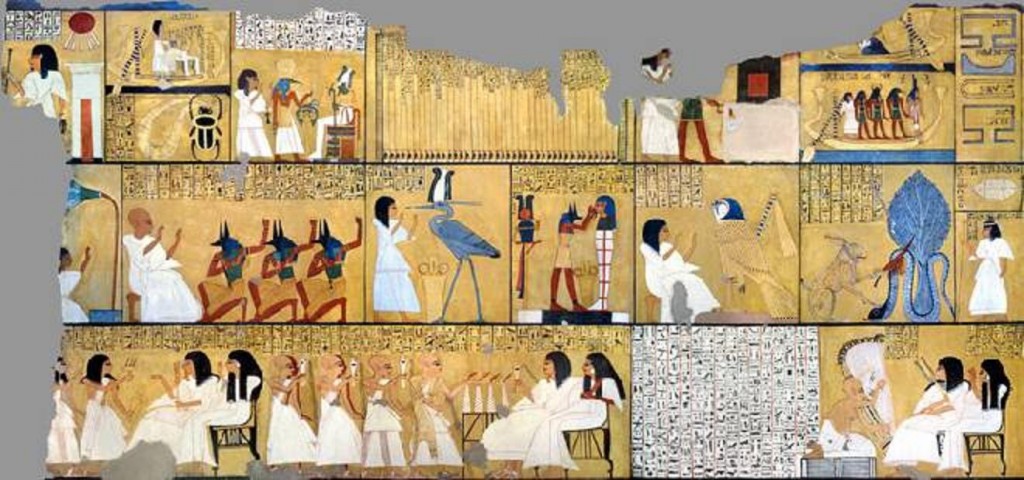 * A New Kingdom is created to signify the new blood on the throne with the 20th Dynasty
* A New Kingdom is created to signify the new blood on the throne with the 20th Dynasty
What scholars need to comprehend is that throughout history when two empires make pledges of brotherhood and peace, they also signify this pledge in blood by unifying royal families via arranged marriages and mixed blood children who carry the DNA of both empires. Hence, they all become one new tribe, a new people, and yes, a new dynasty which we can clearly see in the Twentieth Dynasty of the New Kingdom of Ancient Egypt.
Both the Egyptain Empire and the Hittite Empires were forces to be reckoned with at this time. Hittite King Hattusili III’s wife was a Babylonian Princess named Puduhepa. Ramesses II would 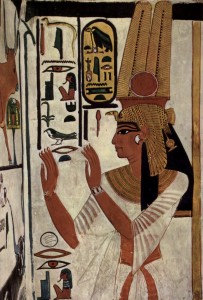 then marry King Hattusili’s daughter, and give her an Egyptian name, Maathorneferure. It is said that Maathorneferure’s original name is unknown, but her Egyptian name translates as “One who sees Horus, the invisible splendor of Ra.”
then marry King Hattusili’s daughter, and give her an Egyptian name, Maathorneferure. It is said that Maathorneferure’s original name is unknown, but her Egyptian name translates as “One who sees Horus, the invisible splendor of Ra.”
Personally, I believe that she is no other than Nefertari (also known as Nefertari Merytmut). These facts I will address in a future article.
The Hittite princess left Hattusa, the Hittite capital, in late 1246 BCE, accompanied by her mother and a huge contingent laden with gold, silver, bronze, cattle, sheep, and slaves. At the Egyptian frontier, a message was despatched to the Pharaoh: ‘They have traversed sheer mountains and treacherous passes to reach Your Majesty’s border.’ Ramesses sent a welcoming party to escort the princess through Canaan and into Egypt. She arrived in February 1245 BCE at Pi-Ramesse.
For Ramesses, the marriage was valuable more for the large dowry he acquired rather than his new bride, who was despatched to his harem palace at Mer-wer (today’s Gurob). [4] According to another account, however, Maathorneferure is said to have given Ramesses a baby and died shortly thereafter.
From the records we know that Maathorneferure was a Hittite and an Ancient Egyptian queen who was called the Great Royal Wife of Ramesses II. Maathorneferure was married to the Egyptian Pharaoh Ramesses II in the 34th year of his reign, becoming the Great King’s Wife and Mistress of the Two Lands. The title, Mistress of the Two Lands is another key in understanding the mystery surrounding this union of empires.
Years later, the Pharaoh Ramesses III married another Hittite princess further cementing this union of empires and blood with the Hittites.
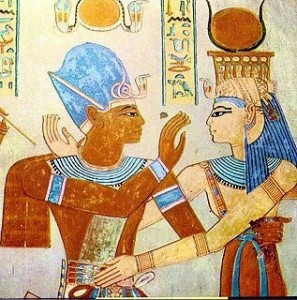 The 20th dynasty of the New Kingdom is simply a new race of Kings that had started with Ramesses III‘s father Setnakhte, and as I stated in my last article, it is widely known that Setnakhte was not the son, brother or a direct descendant of the previous 2 pharaohs: either Twosret or Merneptah Siptah, nor that of Siptah’s predecessor Seti II, whom Setnakht formally considered the last legitimate ruler. Setnakhte would be the son or grandson of Ramesses II and Mistress of the Two Lands, Maathorneferure. This means that this New Kingdom of the 20th Dynasty had different DNA and were of a different or mixed race.
The 20th dynasty of the New Kingdom is simply a new race of Kings that had started with Ramesses III‘s father Setnakhte, and as I stated in my last article, it is widely known that Setnakhte was not the son, brother or a direct descendant of the previous 2 pharaohs: either Twosret or Merneptah Siptah, nor that of Siptah’s predecessor Seti II, whom Setnakht formally considered the last legitimate ruler. Setnakhte would be the son or grandson of Ramesses II and Mistress of the Two Lands, Maathorneferure. This means that this New Kingdom of the 20th Dynasty had different DNA and were of a different or mixed race.
So, the question must be asked, “Who was this new family with different DNA and what empire did they possibly come from that Egyptian royalty and the Egyptian people would allow them to reign as Pharaohs?”
The answer is simple, Ramesses III, his father Setnakhte, and subsequent Pharaohs listed in the 20th Dynasty were all of mixed Hittite and Egyptian DNA. This was the result of the eternal peace treaty, a pledge of brotherhood and support of Hittite Blood on the throne that was not only cemented in stone, but also in blood with marriage between the Hittites, King Hattusili III’s daughter, Maathorneferure and Egyptian Pharaoh, Ramesses II that would later produce children of this new Hittite and Egyptian Brotherhood.
* The Pharaohs of the Twentieth Dynasty mix Hittite clothing with Egyptian, further proving the union of dynasties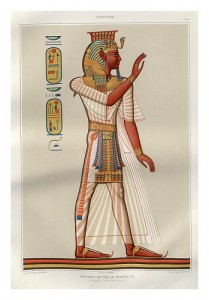
As I had shown in my last article titled, What Race was Ramesses III? Part II, much of the clothing of Ramesses III depicted in murals in his tomb show that he is clearly wearing Hittite attire mixed with traditional Egyptian clothing. This is especially seen in his sandals with upturned toes that were ONLY worn by the Hittites at the time. These facts can be easily proven through ancient literature and hieroglyphs that detail these sandals with upturned toes. The previous Egyptian Pharaohs never had worn them before this time, and why would they because it is obvious by now that they were simply not of Hittite blood like this dynasty clearly was.
In Matt. 7:26 it portrays JEHU and the Israelites having shoes with upturned toes, while the Assyrians to whom they were paying tribute were wearing sandals with heel caps.
Yes, this was the tribe we know of today in the Bible as the Israelites. But that is a new article in itself that I will save for a later date.
* The New Kingdom Pharaohs did not only unite empires and blood, they also combined religions to form a new priesthood
When King Hattusili was a commander of Hittite forces during the famous Battle of Kadesh against Egypt in 1274 BC, he had reconquered Nerik and became the High Priest of its storm god. Hattusili named his eldest son and crown prince, Nerikkaili in honor of this achievement. In the Hittite system of governance, the Hittite king acted as the supreme priest, military commander, and chief judge of the land.
The liminal figure mediating between the intimately connected worlds of gods and mankind was the king and priest; in a ritual dating from the Hittite Old Kingdom period:
The gods, the Sun-God and the Storm-God, have entrusted to me, the king, the land and my household, so that I, the king, should protect my land and my household, for myself.
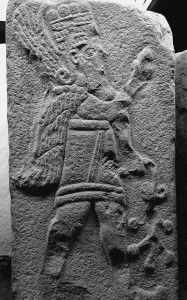 Just as the Egyptians had a certain way of dress and customs, so did the other cultures at the time, and most certainly the Hittites also had their own distinct way of dress and customs. Let me please remind you that they had made pledges of brotherhood and peace as well. When a “true brotherhood” is formed, both sides of this new brotherhood that were simply not brothers before, merge into a “New Brotherhood,” a ” New Dynasty and New Kingdom” that also merges religion, customs and yes, even the way they dress. In order to do so, both sides of the brotherhood must agree to these changes where the once foes, MUST make concessions with each other in order to successfully unite as one people. This is exactly what had happened after the Egyptian–Hittite peace treaty was signed and pledges of brotherhood were made.
Just as the Egyptians had a certain way of dress and customs, so did the other cultures at the time, and most certainly the Hittites also had their own distinct way of dress and customs. Let me please remind you that they had made pledges of brotherhood and peace as well. When a “true brotherhood” is formed, both sides of this new brotherhood that were simply not brothers before, merge into a “New Brotherhood,” a ” New Dynasty and New Kingdom” that also merges religion, customs and yes, even the way they dress. In order to do so, both sides of the brotherhood must agree to these changes where the once foes, MUST make concessions with each other in order to successfully unite as one people. This is exactly what had happened after the Egyptian–Hittite peace treaty was signed and pledges of brotherhood were made.
In my next article I would like to show you how many of the Hittites had served previous Pharaohs as hired warriors in their campaigns against other empires. These hired Hittite mercenaries would be the equivalent of government defense contractors today, but at this time in history, these hired soldiers were of one race and that race is the Hittites. This relationship in war would prove to be the beginning of this secret relationship and brotherhood between Egyptian Pharaohs and Hittite Kings. A relationship that would merge the Hittite and Egyptian Kingdoms into one of the greatest Kingdoms Egypt has ever known. This new brotherhood would forever be known in history books under such names as the Sea Peoples, the Phoenicians, and in the bible as the Israelites. But in stone, they are simply the Hittite and Egyptian Brotherhood.
Unfortunately, a new kingdom with new blood and tribal alliances will always bring out the jealousy and envy of other family members who may not be born of this same blood alliance. This jealousy and envy would later end in the murder of the last Great Pharaohs of the Twentieth Kingdom, Ramesses III, in a plot by his wife and son who had brutally murdered Ramesses III in cold blood in an attempt to steal the throne from this new brotherhood.

Moe is the founder of GnosticWarrior.com. He is a father, husband, author, martial arts black belt, and an expert in Gnosticism, the occult, and esotericism.

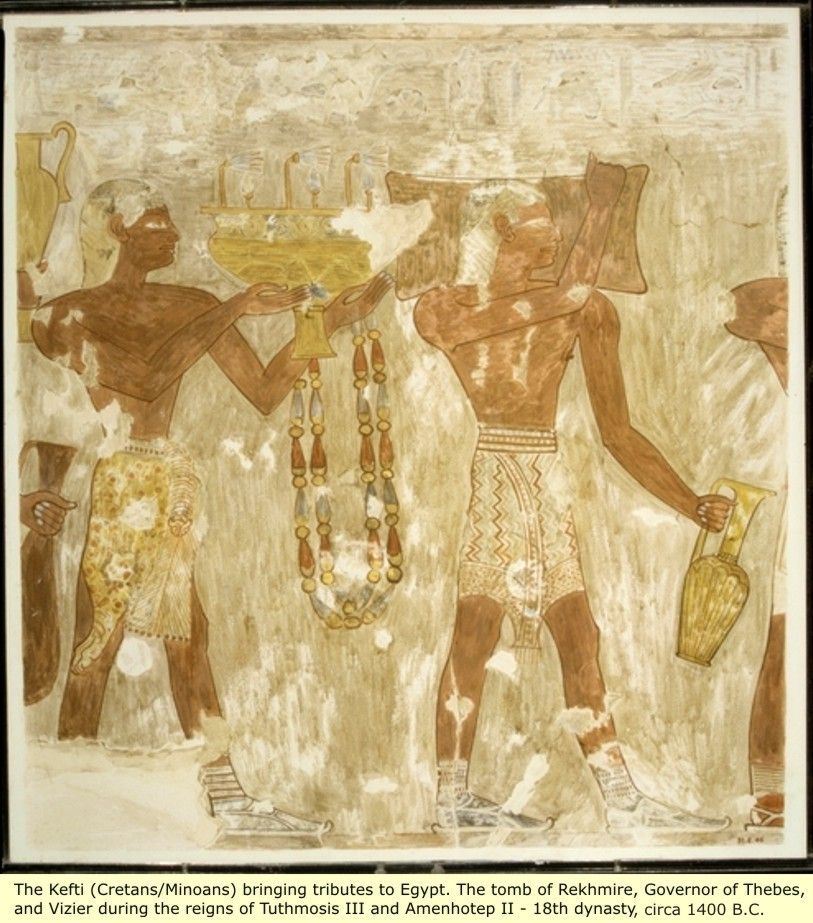
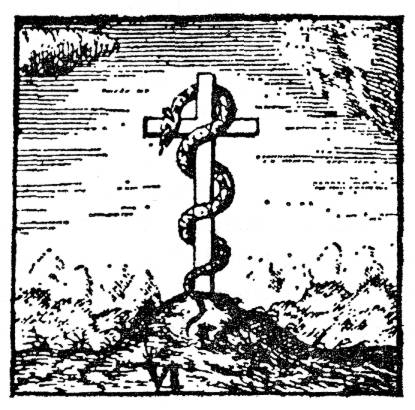
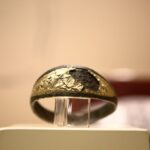
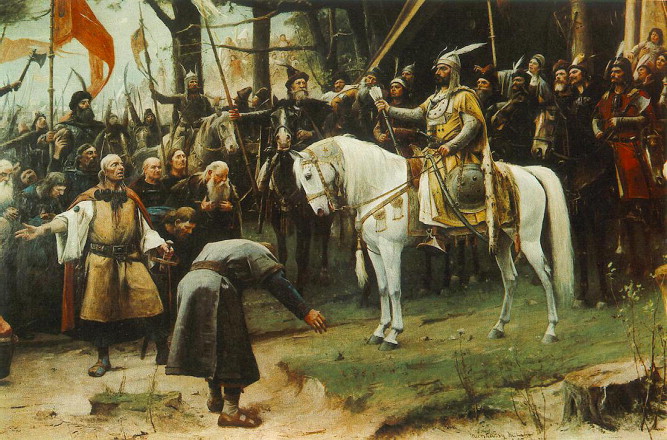
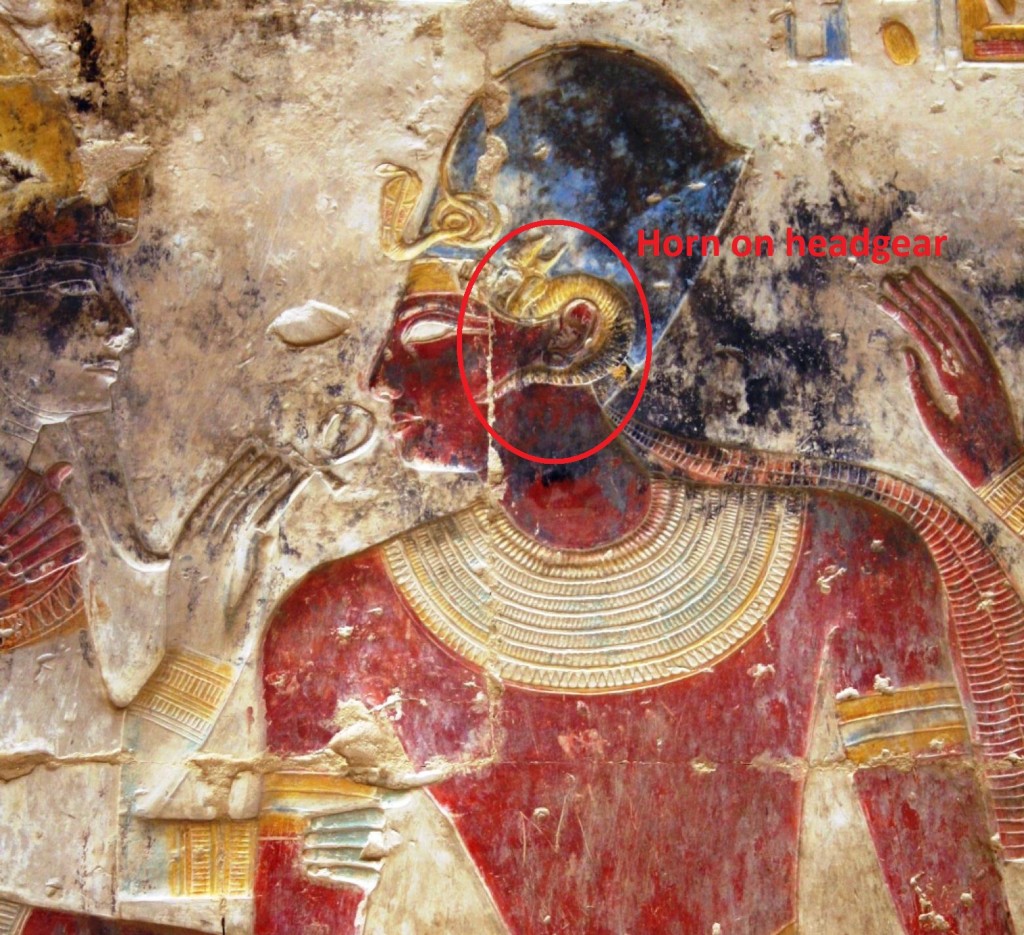
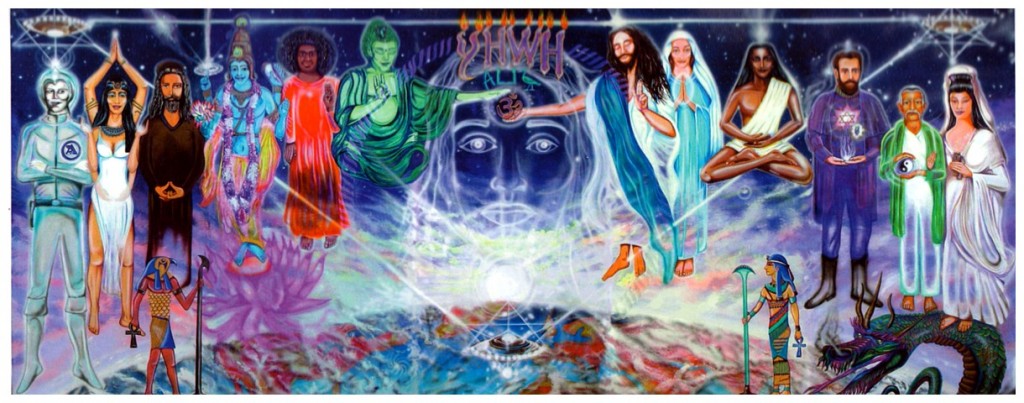
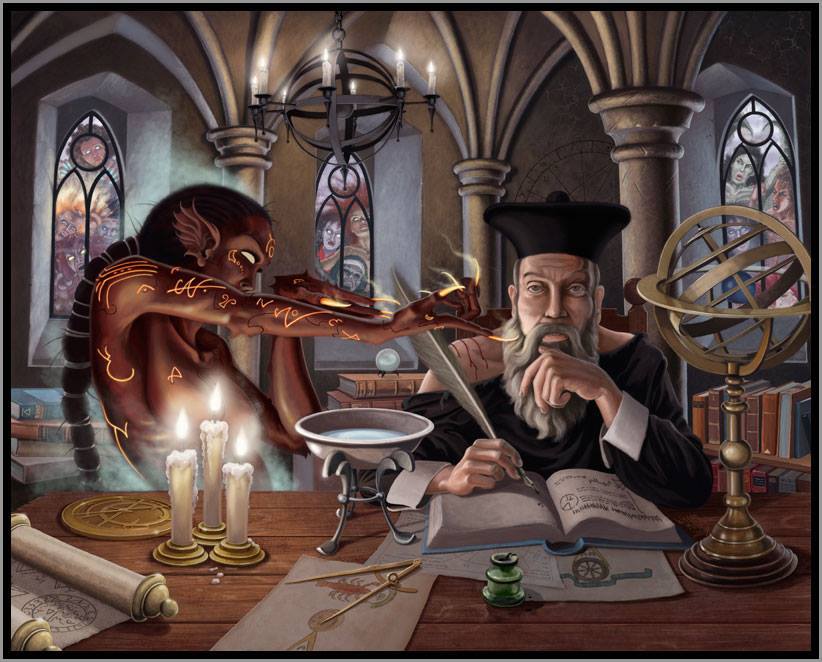

But Maathorneferure is not a Hittite name. It is said but her Hittite name is unknown and she got the Egyptian name until after her marriage. Her name is supposed to be according to some sources “Sauskanu” was. And why should the Hittite princess “Naptera” her own mother Puduchepa call sister?
In addition, the Hittite to have so lived after marriage in Merwer. Nefertari was always at Ramses’ page. And Pharaoh a Hittite would have a temple in Abu Simbel built?
Too bad you do not respond. I am very interested in this topic.
Not a problem. Nefertari is Maathorneferure’s name after she became Queen in Egypt. Maathorneferure was her Hittite name and Nefertari her Egyptian name. This is further substantiated by Nefertari’s correspondence with the her father, the Hittite king Hattusili III and his wife Pudukhepa. She is mentioned in the letters as Naptera. Nefertari is known to have sent gifts to her sister, Puduhepa:
The great Queen Naptera of the land of Egypt speaks thus: Speak to my sister Puduhepa, the Great Queen of the Hatti land. I, your sister, (also) be well!! May your country be well. Now, I have learned that you, my sister, have written to me asking after my health. … You have written to me because of the good friendship and brotherly relationship between your brother, the king of Egypt, The Great and the Storm God will bring about peace, and he will make the brotherly relationship between the Egptian king, the Great King, and his brother, the Hatti King, the Great King, last for ever… See, I have sent you a gift, in order to greet you, my sister… for your neck (a necklace) of pure gold, composed of 12 bands and weighing 88 shekels, coloured linen maklalu-material, for one royal dress for the king… A total of 12 linen garments.
Ramesses II and Nefertari’s daughter was named Meritamen is depicted taking part in place of her mother in some of the scenes and their son in Ramesses III who was known as Osiris as well.
Hello,
why do you believe, that Maathorneferure is no other than Nefertari? Can you explain it please? It is very interesting for me.
Hello, The reason is because both Maathorneferure and Nefertari were both the wives of Ramesses II and were both known as the Great Royal Wife, Lady of The Two Lands and Mistress of Upper and Lower Egypt, etc. You cannot have 2 queens reigning at the same time with the same roles and titles. Hence, they are one in the same.
ah ok, but Nefertari lived but earlier than Maathorneferure.According to history books she died before Maathorneferure was queen in egypt. sry for my english i am from germany 🙂
Sorry, but this is wrong.
1) Ramesses married Nefertari very early in his reign. He married Maathorneferure in his 34th regnal year. Nefertari must have been much older than Maathorneferure, actually she had children who were older than Maathorneferure. She is very likely to have died before Ramesses married the Hittite princess.
2) Both Nefertari and Maathorneferure are Egyptian names, not Hittite.
3) In the preceding centuries there was usually only one chief wife at the same time, but there were exceptions (e.g. Amenhotep III who married Sitamun even while Tiye was still alive). Ramesses (who in many ways looked up to Amenhotep III) had two Great Royal Wives from the very beginning (Nefertari and Isetnofret), and later several of his daughters received this title too; actually I don’t think there was a year in which he had only one Great Royal Wife. Ramesses aimed to surpass everything his predecessors did, so having more chief wives was what we could expect from him 🙂 In total, seven women had this title during his reign (Nefertari, Isetnofret, daughters Bintanath, Meritamen and Nebettawy, daughter or sister Henutmire, and Maathorneferure. Not counting his mother Tuya who of course kept this title after her husband’s death).
4) It was Hattusili’s expressed wish that his daughter become a Great Royal Wife, not just some secondary wife hidden in a faraway harem, so Ramesses granted this title and an Egyptian name for her — both never having been received by foreign women before, AFAIK –, before sending her to some faraway harem. It was a mere formality, as she never really became important in court.
5) Sethnakhte is very likely to have been a descendant of Ramesses (with the amount of children he had, all the fights for the throne during the late 19th dynasty must have been family quarrels…) but the only confirmed child of Maathorneferure is a daughter called Neferure. Hattusili actually mentions it in a letter that if Maathorneferure had a son, he would make that son the heir of the Hittite empire.
That is your opinion, and you have read mine. We all may be somewhat wrong with “our theories” since known of us were there and all we have today is hearsay and theories. What I do know is we have these testaments written in stone and the DNA of these pharaohs which says a lot. Now couple that with the bible and now we have facts that can be backed up by science.
That is your opinion, and you have read mine. We all may be somewhat wrong with “our theories” since known of us were there and all we have today is hearsay and theories. What I do know is we have these testaments written in stone and the DNA of these pharaohs which says a lot. Now couple that with the bible and now we have facts that can be backed up by science.